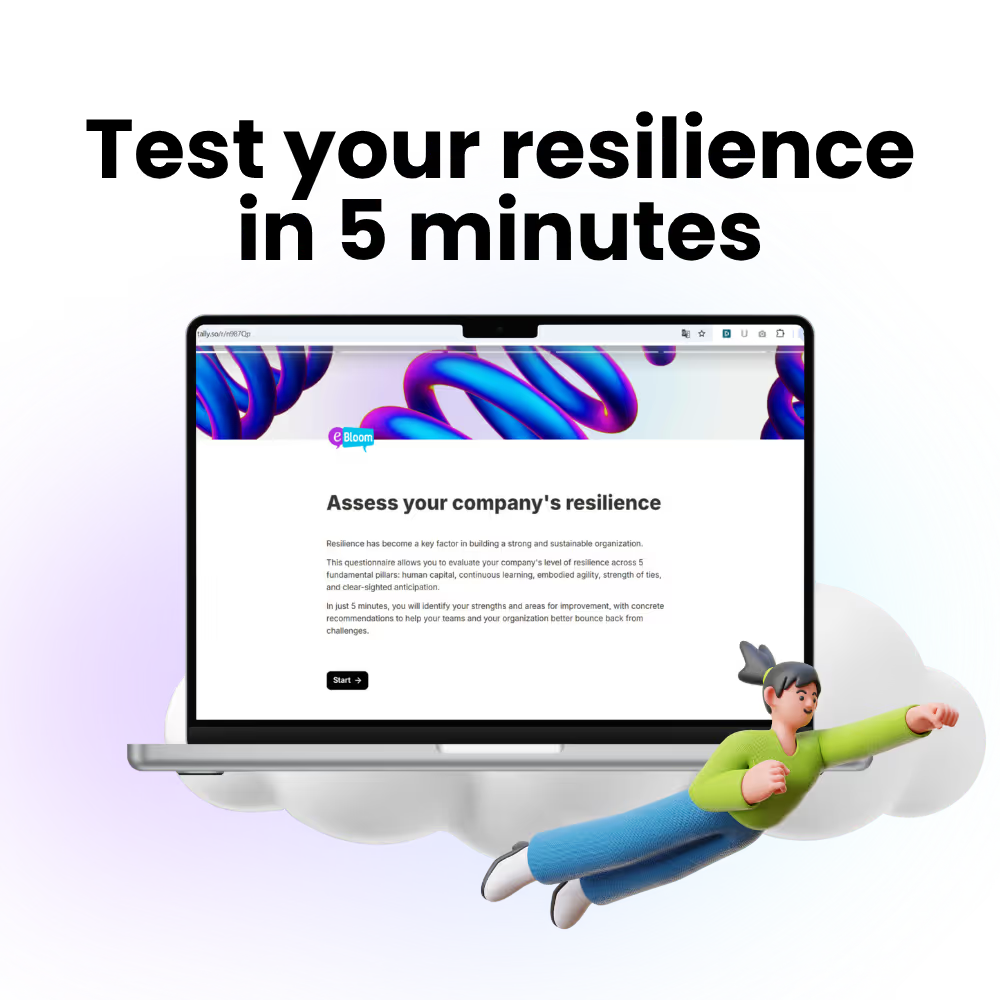
The pandemic shattered stability and stripped away certainty, causing confusion, loneliness, and apprehension. No aspect of life was left untouched, including the workplace.
Although strict health measures and lockdowns forced the world to keep the distance and temporarily forbid in-person work, hybrid work helped regain a sense of normalcy. It was a way to safely transit between telework and going back to physical offices, but instead of being an interim solution, it’s here to stay.
According to the Chartered Institute of Management (CMI) survey, over 80 percent of managers said their firms adopted hybrid work. The majority sees it as the best practice because it creates an uptick in performance in productivity.
For example, 73 percent of employees want flexible remote work options to stay in the post-pandemic world.
Even though this model has numerous advantages, such as reduced commuting stress, more time for family, and improved mental health, it also has downsides. Hybrid work requires a thorough approach and attention to detail.
Otherwise, employees could lose a sense of belonging that HR leaders took years to build.
It is essential to raise the awareness of hybrid work benefits and encourage more companies to take this path. But it’s also significant to highlight that this model isn’t flawless and can trigger frictions in employee engagement and human connections.
For instance, it’s challenging to define hybrid work because it’s flexible, and for some employers, it means they allow hires to go back to offices, but the majority don’t return. Others see it as an extension of telework and have most of their staff working remotely.
On the other hand, some companies follow more precise schedules and have employees working, for example, three days from home and two in the office. Regardless of the hybrid arrangement, 49 percent of remote workers say they feel isolated, and 32 percent feel disconnected from the company culture.
But why is it so if most employees don’t want to go back to physical offices full-time? Perhaps the principal issue is that leaders are still adapting to the new model and learning how to accommodate different employee needs, resulting in a lack of harmony between hybrid work elements.
This change requires the company culture to evolve and reinforce its agility and resilience. Employees who had a virtual onboarding never had the opportunity to meet their office coworkers and will likely develop their way of working.
Thus, most workers have at least one remote colleague and will never interact with their entire team in person. Company culture may weaken in the process, resulting in less cohesive units.
Socialization among coworkers is crucial for developing a sense of belonging, integrating into the workplace, and engagement. But you can still establish unity and stable company culture in hybrid workplaces.
Here’s how you can ensure your employees feel connected to their coworkers and managers.
Change is necessary for growth. Resisting it could lead to failure to adapt to the world around you. Company culture will inherently transform after adopting hybrid work, but you decide how far that goes.
Allow this model to integrate seamlessly with your company values, mission, and objectives by accommodating different collaboration and communication techniques and styles. Be inclusive and ensure that everyone gets the same experience, regardless of their job role, location, or time zone.
Communicate the same messages and updates to everyone and be transparent about regulations and policies. Identify how you’ll manage hybrid work infrastructure and align it with your employee needs and company objectives.
Although hybrid work offers more flexibility and allows employees to choose the option that works for them better, they still need support to adjust to this model.
It’s necessary to develop comprehensive well-being programs and safe spaces where workers can vent, talk about their struggles, and get support. Ensure they feel safe and know that they can rely on you.
Consider providing counseling and workshops that teach workers how to cope with the post-pandemic realm. Moreover, you can use tech platforms to track employee sentiments, understand how they feel, and identify what they need to combat loneliness.
Missing human connections is among the most common problems remote and hybrid employees experience. After all, it’s rare to have all employees together in hybrid workplaces.
Because of that, this model may feel inconsistent regarding team connectedness. That can be particularly challenging for workers who had an online onboarding and those who can never visit the office due to the geographic distance.
It might be impossible to have everyone in the same place, but you can still seek opportunities to help your team get together. Throw informal virtual gatherings where remote and office employees can meet or organize short trips for unique occasions.
Physical offices typically have the warmth and familiarity that it’s hard to beat. They allow non-structured conversations, lunch break chats, and watercooler moments that help employees build rapport, connect, and become buddies.
That plays a significant role in building social capital and integrating into the team. Although hybrid work might never reach that level of closeness, you can leverage technology to recreate it.
Identify the best platform or social media network for your team or consider investing in virtual reality. According to HR Predictions for 2022 by Josh Bersin, hybrid work will step into the metaverse territory in the months ahead, creating opportunities to establish an authentic workplace atmosphere online.
Reinforce your employee recognition and rewards initiatives. Acknowledge the effort and good results of every worker and commit to inclusion.
Be there for them and if you notice someone struggling, reach out and find out how you can help. Promote wellness and well-being in the workplace and track employee engagement and happiness to ensure no one feels neglected.
But your care should also encompass their physical health. For example, 50 percent of remote and hybrid workers report an increase in lower back pain, and 78 percent are concerned about future well-being consequences a sedentary lifestyle could cause.
Reinforce a sense of belonging among employees by showing genuine interest in their wellness and offering practical solutions to ease their problems.
Despite having multiple benefits, hybrid work can also lead to loneliness and feeling disconnected from the team and company culture. Employers and HR leaders should approach this model carefully and establish an infrastructure to support it.
Moreover, they should provide platforms and opportunities for remote and office workers to gather and meet each other. It’s crucial to minimize inconsistencies in communication and ensure everyone feels like an equally valuable team member.

.avif)



